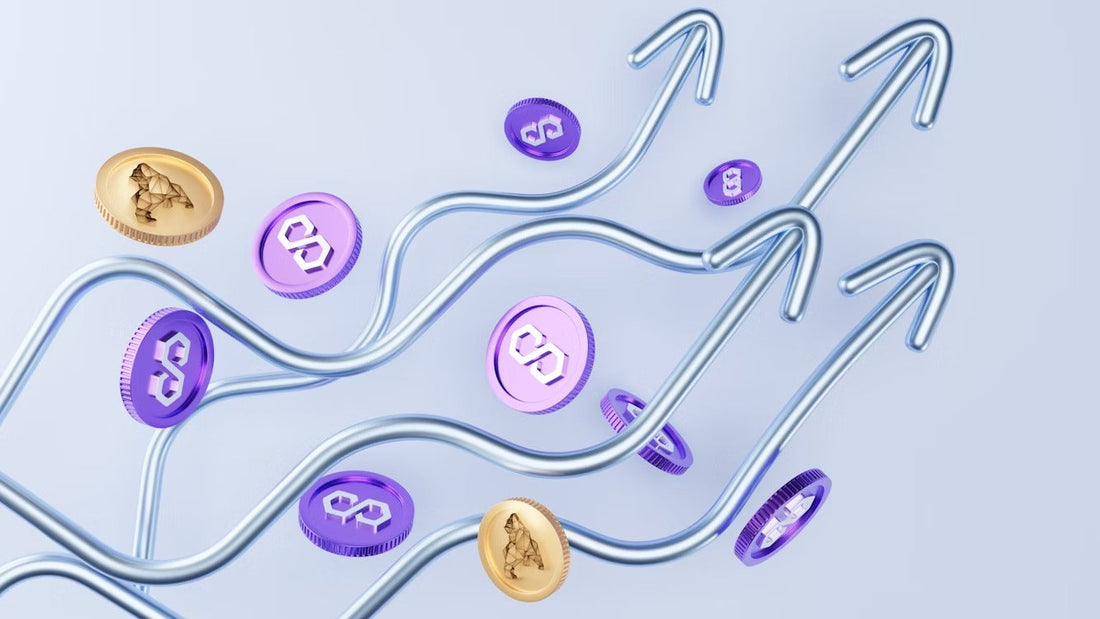Table of Contents:
- What Exactly Are Leg Cramps?
- Understanding the Causes
- How to Stop Cramp Pain in the Moment
- Preventive Strategies
- When to Seek Help
- FAQs on Leg Cramps
Leg cramps—those sudden painful spasms in your calves, thighs, or feet—can strike at any moment. Though often dismissed as harmless, they can disrupt sleep, limit exercise, and signal deeper issues. Let’s unpack why they happen and how to prevent them with evidence-backed strategies.
What Exactly Are Leg Cramps?
A leg cramp is a sudden, involuntary, and often painful contraction of skeletal muscle—classically in the calf—lasting from seconds to minutes. These “charley horses” may even render the muscle temporarily immobile. Source
When cramps occur at night, while sleeping or resting, they're often called nocturnal leg cramps—impacting up to 60% of adults. Source
Understanding the Causes
1. Idiopathic Cramps (No Clear Trigger)
Many cramps strike without discernible cause—these idiopathic cramps may result from random nerve discharges or minor local muscle tension.
2. Dehydration
While dehydration is a widely held belief, research suggests that electrolyte imbalance, not dehydration alone, plays a significant role.
Drinking plain water post-dehydration can increase cramp susceptibility; replenishing with electrolyte-rich fluids reduces that risk. Source
3. Electrolyte-Specific Issues
Low levels of potassium, calcium, sodium, or magnesium interfere with muscle contractility and nerve impulses—key factors in cramp development.
4. Neuromuscular Control and Fatigue
In exercise-induced cramps (EAMC), fatigue alters neuromuscular control—spinal motor signals misfire, triggering spasms.
5. Medical Conditions & Medications
Underlying conditions like kidney disease, diabetes, PAD, or nerve disorders can manifest cramps as symptoms. Certain meds—like statins or diuretics—can also trigger them.
6. Pregnancy and Age
Pregnancy raises leg cramp chances (especially in the third trimester) due to weight gain and metabolic shifts. Aging muscles and shortened tendons also increase risk.
7. Prolonged Immobility or Poor Conditioning
Long sitting or standing sessions fatigue muscles. Likewise, sudden intense workouts—especially without proper conditioning—can cause muscle overload and cramping.
How to Stop Cramp Pain in the Moment
- Stretch Immediately: Dorsiflex the foot (toes to shin) to stretch the calf; this often provides relief within seconds.
- Massage & Heat: Gently rub the affected area or apply warmth to relax the muscle.Source
- Move Around: Standing or walking activates circulation and eases the spasm.
- Over-the-Counter Relief: Use medications if soreness persists—though they don’t stop the cramp in progress.
Preventive Strategies
Regular Stretching
Daily calf stretches—especially before bed—can reduce cramp frequency.
Hydration with Electrolytes
Rather than just water, use electrolyte-rich fluids (e.g., oral rehydration, sports drinks) especially during activity or hot weather.
Nutrition Support
Incorporate potassium (bananas, leafy greens), magnesium (nuts, seeds), calcium (dairy), sodium, and complex carbs to support neuromuscular function.
Targeted Supplementation
Here’s where nutritional science meets practical prevention.
-
Magnesium & Tart Cherry: Magnesium relaxes muscle fibers, while tart cherry provides natural melatonin and anti-inflammatory support—improving both recovery and sleep quality.
-
Calcium D: Calcium is critical for muscle contraction and nerve signaling. Deficiency can increase cramp risk, especially in women post-pregnancy or during menopause. DameHealth Calcium D combines high-absorption calcium with vitamin D, ensuring calcium uptake and healthy neuromuscular function.
- Synergy: Magnesium and calcium work together—magnesium helps muscles relax, while calcium initiates contraction. Balanced intake is key.
Lifestyle Adjustments
Stay active throughout the day to ward off cramps from prolonged immobility. Gradually ramping up workout intensity helps muscles adapt.
Address Underlying Causes
Seek medical advice if cramps are frequent, extremely painful, or linked to medical conditions or medications.
When to Seek Help
Consult a doctor if:
- Cramps persist despite prevention efforts
- You experience associated symptoms (numbness, swelling, weakness)
- You suspect an underlying condition like PAD, neuropathy, or thyroid issues
-
You're on medications known to cause cramps.
|
Factor |
Preventive Strategy |
|
Neural fatigue / poor control |
Stretching, gradual training |
|
Electrolyte imbalance |
Hydration with electrolytes, diet, supplements |
|
Immobility |
Frequent movement, breaks, stretching |
|
Pregnancy / age-related changes |
Stretch & nutrient support |
|
Medical causes / meds |
Seek medical evaluation |
Leg cramps are common but not inevitable. They stem from a combination of electrolyte imbalance, neuromuscular fatigue, and lifestyle factors.
Fast relief: Stretch, massage, apply heat.
Long-term prevention: Stretch daily, hydrate with electrolytes, and ensure adequate intake of magnesium, potassium, and calcium.
Supplements like DameHealth Magnesium & Tart Cherry and Calcium D offer clean, science-backed support to keep muscles firing smoothly and cramps at bay.
FAQs on Leg Cramps
Q1. Are leg cramps dangerous?
Most are harmless, but persistent cramps may indicate underlying health issues.
Q2. Can low calcium cause leg cramps?
Yes. Calcium deficiency impairs muscle contraction and relaxation, increasing cramp risk.
Q3. Do magnesium supplements help with cramps?
Magnesium supports muscle relaxation and has been shown to reduce nighttime cramp frequency.
Q4. How does vitamin D play a role?
Vitamin D improves calcium absorption. Without it, even adequate calcium intake won’t support proper muscle function.
Q5. What DameHealth products can help?
- Magnesium & Tart Cherry: For relaxation and recovery
- Calcium D: For bone strength and cramp prevention
Together, they provide holistic muscle support.





